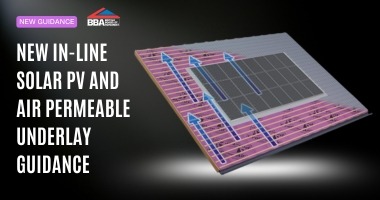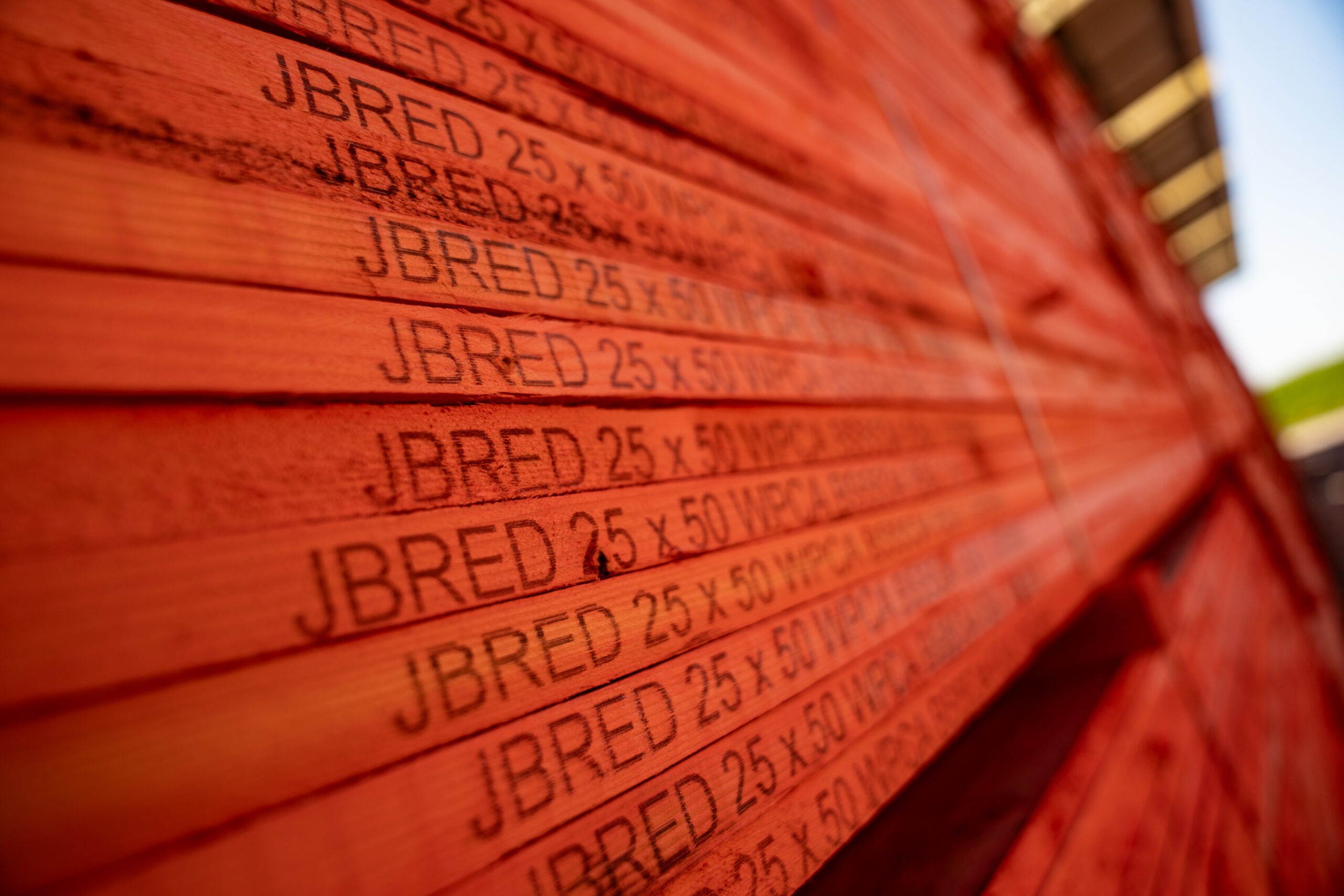BS 8000 is a set of British Standards for workmanship on building sites, with Part 6 specifically for clay and concrete tiles, natural slates and fibre cement slates, for covering roofs and walls.
Part 6; I shall refer to it from now on as BS 8000-6, was first published in 1990. It was then revised and re-published in 2013 to take account of revisions to BS 5534 and to cover new roofing practices, such as dry fix systems, as well as new health and safety legislation. It is currently undergoing a further revision, which it is hoped will be published later this year.
BS 8000-6 is designed to complement BS 5534, the design Standard for slating and tiling, by providing guidance on how to comply with the requirements of BS 5534 through good workmanship. BS 8000-6 is not intended as a document that replaces training in roofing; indeed, it assumes that the reader has a level of competence in the work to be carried out. The stated aim of the Standard is to encourage good workmanship by offering advice and recommendations on how designer’s requirements for workmanship can be satisfactorily realised, covering many common elements and details found in everyday roofing.
It should be noted, though, that BS 8000-6 contains guidance and recommendations only and should not be regarded as a specification. The recommendations it provides do not cover every eventuality, so it is important that the project specification and associated installation guides etc, are followed.
The Scope of BS 8000-6 states that the document covers tasks frequently carried out in relation to slating and tiling in commercial and domestic roofing, both for new buildings and refurbishment projects. However, as with BS 5534, the Scope states that some recommendations may not be appropriate for some historic building conversion or heritage roofing projects.
It is important that the roofer is aware of the content of BS 8000-6 to avoid potential disputes that may arise if the recommendations are not followed. For example, materials and products that arrive on site should be checked to ensure that they conform to the project specification. Potentially, there could be a serious financial risk to the roofer if materials are installed without having been checked; only to find out later that the wrong products have been used or there is a quality issue.
Similarly, handling and storage on site prior to installation is important to prevent damage from passing traffic or soiling from ground conditions or mortar preparation. Product manufacturer’s storage instructions should also be adhered to avoid damage from, for example, exposure to direct sunlight whilst in plastic wrapping, or from water saturation if exposed to excessive rain.
Stacking of heavy materials such as tiles and slates on the roof prior to installation must be done in such a way to avoid slippage and distributed evenly to avoid overloading a part of the roof structure.
Before commencing work, the structure should be checked to ensure it is sound and true and of a pitch suitable for the products to be installed; with acceptable tolerances for any curves and fascia boards or tilt fillets set at the correct level to set the tiles or slates at the correct angle.
Of course, BS 8000-6 contains a lot of recommendations relating to the installation process, such as setting out to ensure the correct overhang at eaves, verge and coverage of ridge tiles at ridge etc, which I don’t need to go into in this article; my aim here is highlight some of the perhaps less obvious, but equally important aspects of the Standard that are just as relevant to the roofer.
BS 8000-6 covers the replacement of individual broken slates or tiles, explaining how to firstly remove the damaged unit and then guidance for replacing it. For tiles, the Standard refers the user to manufacturer’s instructions for installing the replacement tile using proprietary fixings.
Re-covering existing roofs is also included, with attention being drawn to Building Regulations regarding the continued structural stability of the roof structure; ie for example, if a heavier roof covering is proposed, then the structure may need strengthening. If a lighter-weight covering is proposed, then the roof structure may require extra strapping to the building walls to prevent wind uplift.
For health and safety reasons and to prevent damage to laid tiles and slates, BS 8000-6 recommends that work is planned to avoid walking directly on the tiles or slates, by for example, standing on battens. Where access over the laid roof is unavoidable, a roof ladder or crawling board should be used, packed with a compressible material to spread the load. Further guidance is given in the HSE document HSG33 Health and safety in roof work.
In conclusion, BS 8000-6 is an important document for roofing contractors, particularly if a dispute arises, or better still, to avoid disputes arising in the first place, so it is worth obtaining a copy through your trade organisation if you do not already have it.


